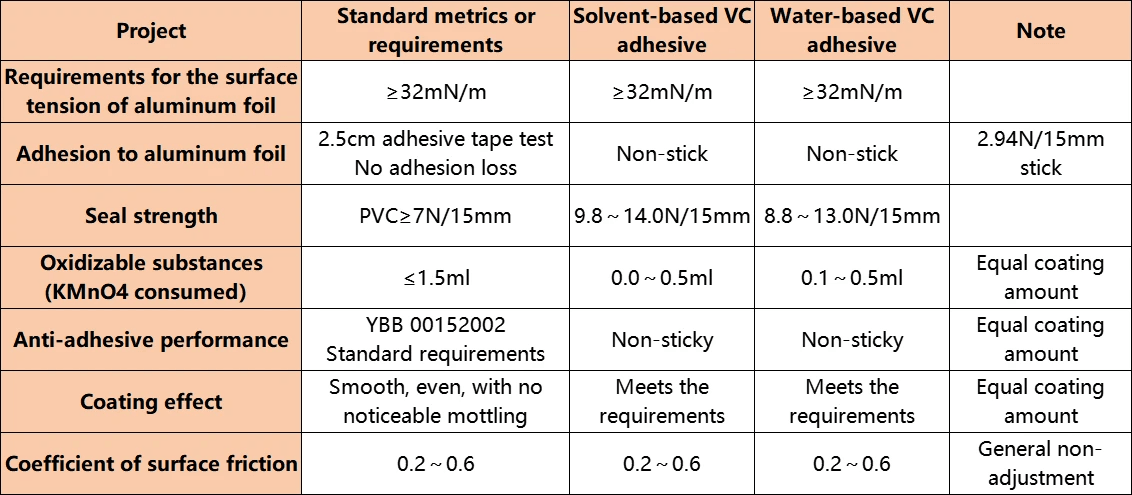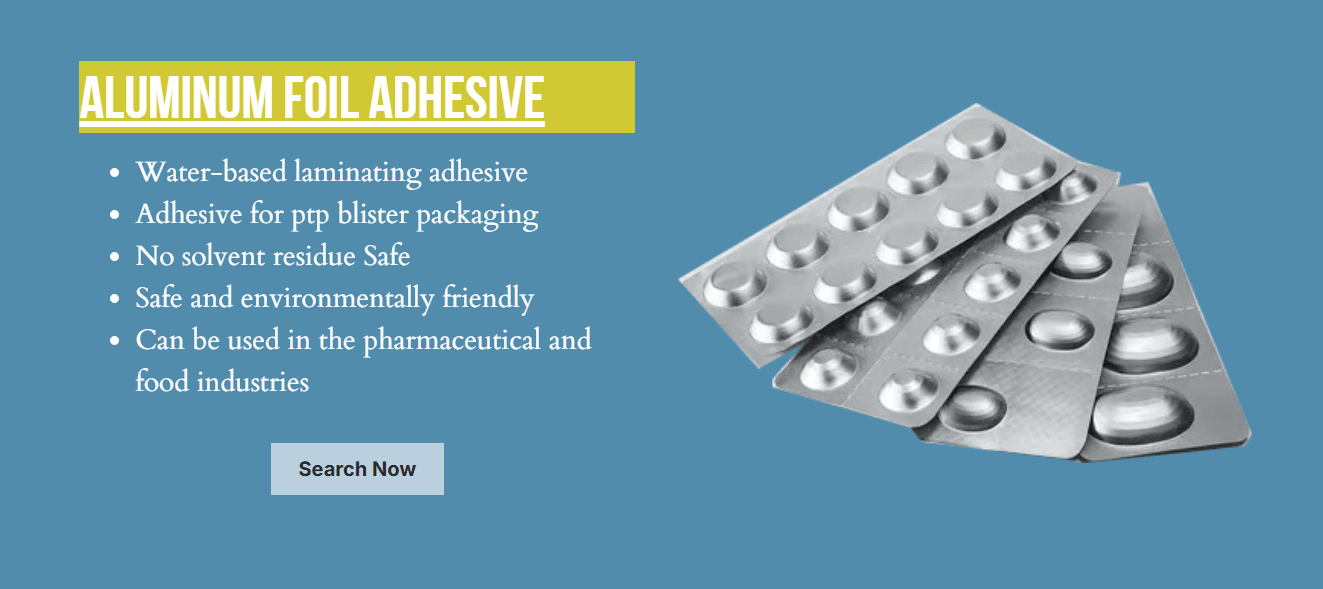Introduction

In the world of construction, manufacturing, and packaging, laminate adhesives play a pivotal role in ensuring durability and functionality. Whether it's for laminate flooring adhesive that binds planks together or for packaging laminates that protect products, the right adhesive can make all the difference. Understanding the various types of adhesives available and how to choose the right one for your needs is essential for achieving optimal results in any project.
Understanding the Importance of Laminate Adhesives
Laminate adhesives are not just glue; they are a critical component in creating strong, lasting bonds between surfaces. The effectiveness of a laminate adhesive can significantly influence the performance of flooring systems or flexible packaging laminates. By ensuring proper adhesion, these adhesives contribute to product longevity and resistance against environmental factors such as moisture and temperature changes.
Types of Laminate Adhesives Explained
There are several types of laminate adhesives tailored for different applications, including solvent-based, water-based, and hot-melt options. Each type has its unique properties that cater to specific needs—like industrial laminating solutions requiring high-performance adhesives capable of withstanding rigorous conditions. Additionally, understanding these types helps users select an adhesive for laminate that aligns with their project's requirements.
Choosing the Right Adhesive for Your Needs
Selecting the appropriate adhesive involves considering various factors such as application method, surface compatibility, and environmental conditions. For instance, if you're working on flexible packaging laminates designed to hold food products securely while maintaining freshness, you'll need an adhesive specifically formulated for safety and effectiveness in those scenarios. By evaluating your project’s demands carefully, you can ensure that you choose a laminate flooring adhesive or other options that deliver optimal performance.
An Overview of Laminate Adhesives

Laminate flooring adhesive serves as the unsung hero in the world of laminates, ensuring that surfaces bond securely and maintain their integrity over time. Whether you’re dealing with residential flooring or flexible packaging laminates, the right adhesive can make all the difference in performance and longevity.
What is Laminate Flooring Adhesive?
Laminate flooring adhesive is specifically designed to bond laminate planks to subfloors, providing a stable foundation that withstands daily wear and tear. Unlike traditional glues, these adhesives are formulated to cater to the unique properties of laminate materials, offering flexibility and strength. By using a high-quality laminate adhesive, you ensure that your flooring not only looks great but also stands up against moisture, temperature changes, and heavy foot traffic.
Key Properties of Effective Laminate Adhesives
An effective laminate adhesive should possess several key properties that ensure optimal performance in various applications. First and foremost, it must offer strong adhesion while maintaining flexibility; this is particularly important for industrial laminating solutions where movement might occur over time. Additionally, resistance to water and temperature fluctuations are critical factors that help prevent delamination or failure in both flooring applications and flexible packaging laminates.
The curing time of an adhesive also plays a vital role; quick-drying options allow for faster project completion without sacrificing bond strength. Furthermore, an ideal adhesive should be compatible with various substrates—whether wood, concrete, or synthetic materials—to accommodate different installation scenarios effectively. Ultimately, understanding these properties will empower you to choose the right adhesive for your laminate needs.
The Role of Adhesive in Packaging Laminates
In the realm of packaging laminates, adhesives play a pivotal role in ensuring products are securely sealed while maintaining aesthetic appeal. The right adhesive not only bonds layers together but also enhances barrier properties against moisture and contaminants—key concerns in food packaging applications. As industries increasingly adopt flexible packaging laminates due to their lightweight nature and sustainability benefits, selecting an appropriate adhesive becomes essential for product integrity.
Moreover, advancements in technology have led to specialized adhesives designed specifically for flexible applications; these innovations cater to varying requirements such as heat resistance or low-temperature sealing capabilities. In this way, adhesives contribute significantly not just to functionality but also compliance with industry standards governing safety and quality assurance in product packaging. Thus, investing time into understanding how different types of adhesives work can yield substantial benefits across various sectors.
Exploring Flexible Packaging Laminates

Benefits of Flexible Packaging Laminates
Flexible packaging laminates provide numerous advantages that cater to both manufacturers and consumers alike. One major benefit is their lightweight nature, which reduces shipping costs and environmental impact while maintaining product protection. Additionally, these laminates are designed to be moisture-resistant and provide excellent barrier properties, ensuring that products remain fresh for longer periods.
Another key advantage is customization; flexible packaging allows brands to showcase vibrant graphics and branding elements with ease. This not only enhances visual appeal but also creates a memorable experience for consumers when they interact with the product. Moreover, flexible packaging laminates can be engineered for specific applications, making them suitable for everything from food items to industrial goods—an essential factor in choosing the right laminate adhesive.
Top Adhesives for Flexible Applications
Selecting the right adhesive for laminate applications is crucial in achieving optimal performance and durability. Among the top adhesives used in flexible packaging laminates are solvent-based adhesives known for their strong bonding capabilities and quick drying times; however, they may pose environmental concerns due to volatile organic compounds (VOCs). Water-based adhesives have emerged as a popular alternative because they offer similar bonding strength without harmful emissions.
For those looking into industrial laminating solutions, hot melt adhesives also play a significant role in flexible applications by providing rapid adhesion while being easy to apply during high-speed production processes. It's important to consider factors such as substrate compatibility when choosing an adhesive for laminate projects—this ensures that you achieve effective adhesive lamination without compromising quality or performance.
Industry Standards for Packaging Adhesives
Adhering to industry standards is essential when working with laminate adhesives in flexible packaging applications. Organizations like ASTM International set guidelines that help manufacturers ensure their products meet safety and quality benchmarks while using appropriate materials in their formulations. Compliance with these standards not only enhances consumer trust but also contributes to overall brand reputation.
Moreover, sustainable practices are increasingly becoming part of industry standards as more companies focus on eco-friendly solutions in adhesive technologies. By opting for low-VOC or biodegradable options within your laminate adhesive choices, you not only align with regulatory requirements but also cater to environmentally conscious consumers who prioritize sustainability in their purchasing decisions.
In conclusion, understanding the benefits of flexible packaging laminates along with selecting appropriate adhesives is vital for success across various industries—from food services to manufacturing sectors—where effective protective solutions are paramount.
Industrial Laminating Solutions

In the world of industrial laminating solutions, the right laminate adhesive can make or break your project. Whether you’re working with laminate flooring adhesive or flexible packaging laminates, understanding best practices is crucial for achieving optimal results. By implementing effective strategies and selecting the appropriate adhesive for laminate applications, you can ensure durability and performance in your finished products.
Best Practices for Industrial Adhesive Lamination
Start by thoroughly cleaning and prepping surfaces to enhance adhesion; any dust or grease can lead to a lackluster bond. Additionally, applying the laminate adhesive evenly and within the recommended temperature range will significantly improve adhesion quality and longevity.
Another best practice involves ensuring proper curing time as specified by the manufacturer—rushing this step often leads to failures down the line. Keep an eye on environmental factors such as humidity and temperature during application; these elements can greatly influence how well your adhesive for laminate performs. Finally, conducting regular inspections of bonded materials will help identify potential issues before they escalate into major problems.
Effective Use of Chemix's Water-Based Resin Solution
Chemix’s water-based resin solution has emerged as a game-changer in industrial laminating solutions due to its eco-friendly profile and strong bonding capabilities. This type of laminate adhesive offers excellent adhesion properties while minimizing harmful emissions typically associated with solvent-based options. Its versatility allows it to be used effectively across various applications, including flexible packaging laminates that require durability without compromising environmental standards.
To maximize performance when using Chemix’s water-based resin solution, ensure that surfaces are properly cleaned and dried before application; this will help achieve a stronger bond in less time. Moreover, consider adjusting your application techniques based on specific project requirements—spray methods may work better for larger areas while rollers might be ideal for smaller tasks. By leveraging Chemix’s innovative offerings, you’ll elevate your adhesive lamination projects while supporting sustainable practices.
Comparing Solvent-Based vs. Water-Based Adhesives
When choosing between solvent-based and water-based adhesives for laminate applications, it helps to weigh their respective benefits and drawbacks carefully. Solvent-based adhesives typically provide stronger initial bonds but often come with higher VOC emissions—a significant consideration in today’s environmentally-conscious market. On the other hand, water-based adhesives like Chemix's offer lower toxicity levels without sacrificing adhesion strength in many cases.
In terms of application ease, water-based adhesives tend to clean up more easily than their solvent counterparts; this can save valuable time during production processes involving packaging laminates or flooring installations alike. However, keep in mind that solvent-based options may be more suitable for high-stress environments where extreme durability is required over long periods—this is especially true when dealing with heavy-duty industrial applications involving flexible packaging laminates or other demanding surfaces.
Ultimately, understanding both types’ unique characteristics will empower you to make informed decisions about which adhesive works best for your specific needs within industrial laminating solutions.
Factors Influencing Adhesive Performance

When it comes to laminate adhesive, several factors can significantly impact its effectiveness. Understanding these variables is crucial for ensuring a successful application, whether you’re working with laminate flooring adhesive, packaging laminates, or industrial laminating solutions. By considering elements such as temperature, humidity, curing times, and surface compatibility, you can optimize your adhesive lamination processes.
Temperature and Humidity Impact
Temperature and humidity play a pivotal role in the performance of laminate adhesives. High humidity levels can lead to moisture absorption by the adhesive, affecting its bonding capabilities and potentially resulting in failure over time. Conversely, extreme temperatures can cause the adhesive to cure too quickly or not at all; thus understanding these environmental factors is essential for maintaining the integrity of flexible packaging laminates and other applications.
For instance, when applying laminate flooring adhesive in humid conditions, it's advisable to use adhesives specifically formulated for high-moisture environments. These specialized adhesives are designed to resist water intrusion while maintaining strong bonds with various surfaces. Ultimately, monitoring temperature and humidity during application will enhance the longevity and reliability of your adhesive bonds.
Curing Times and Application Techniques
Curing times are another critical factor influencing laminate adhesive performance. Each type of adhesive has a specific curing time that must be adhered to for optimal results; rushing this process can lead to weak bonds or even complete failure of the laminate structure. When working with industrial laminating solutions or flexible packaging laminates, understanding these curing requirements will help you plan your project timeline effectively.
Additionally, employing proper application techniques is vital for achieving a strong bond with any laminate adhesive. Techniques such as even spreading using rollers or brushes ensure uniform coverage across surfaces which enhances adhesion quality significantly. Remember that following manufacturer guidelines regarding curing times and application methods will yield the best results in your projects involving packaging laminates or other laminated materials.
Adhesive Compatibility with Different Surfaces
The compatibility of an adhesive for laminate with various surfaces cannot be overstated; it’s essential for successful bonding outcomes in any lamination project. Different surfaces—such as wood, metal, plastic—require specific types of adhesives designed to interact effectively with their unique properties. For example, using a laminate flooring adhesive on an incompatible surface may result in poor adhesion and subsequent delamination issues.
To ensure optimal performance when using industrial laminating solutions or flexible packaging laminates, always check compatibility charts provided by manufacturers before selecting an adhesive product. This step helps avoid costly mistakes that could derail production timelines due to failed bonds later on down the line. Ultimately, choosing an appropriate laminate adhesive tailored for your specific substrates will lead to more durable results across all applications.
Troubleshooting Common Laminate Adhesive Issues

When it comes to laminate adhesive, even the best products can sometimes face challenges. Understanding how to troubleshoot these common issues can save both time and money in your projects, whether you're dealing with laminate flooring adhesive or packaging laminates. This section will guide you through identifying failures, addressing bubbles and delamination, and maintaining strong adhesive bonds for the long haul.
Identifying Adhesive Failures
Recognizing when a laminate adhesive has failed is crucial for timely intervention. Common indicators include visible separation between layers, bubbling, or peeling at the edges of your laminate flooring adhesive application. If you notice any of these signs, it's essential to investigate further; often, failures stem from improper application techniques or unsuitable environmental conditions during installation.
Additionally, pay attention to the curing process—if the adhesive for laminate hasn't fully set due to humidity or temperature fluctuations, it may not perform as expected. In flexible packaging laminates, check for any inconsistencies in bonding that may indicate a problem with the adhesive's compatibility with the materials used. Early detection of these issues can lead to more effective solutions down the line.
Solutions for Bubbles and Delamination
Bubbles and delamination are among the most frustrating problems encountered in adhesive lamination processes. To address bubbles effectively, start by using a roller or squeegee to push air out from beneath the surface while applying pressure evenly across the area—this helps ensure that your laminate flooring adhesive adheres properly without trapping air pockets. If delamination occurs after installation, consider reapplying a compatible adhesive over affected areas; this can restore bond integrity if done carefully.
In cases where severe delamination is present in flexible packaging laminates, complete removal of affected sections may be necessary before reapplication of fresh laminate adhesives. Always ensure that surfaces are clean and free from contaminants prior to reapplication; this step cannot be overstated as it directly impacts adhesion quality. Remember that prevention is key—following best practices during initial application greatly reduces future headaches related to bubbles and delaminated layers.
Maintenance Tips for Long-Lasting Adhesive Bonds
To keep your industrial laminating solutions performing optimally over time, regular maintenance is essential. Start by routinely inspecting bonded surfaces for signs of wear or damage; early detection allows you to address minor issues before they escalate into major problems involving your laminate adhesives. Additionally, maintaining appropriate environmental conditions—such as consistent temperature and humidity levels—can significantly enhance bond longevity.
Cleaning surfaces gently but thoroughly also plays a vital role in maintaining strong bonds; avoid harsh chemicals that could degrade your laminate flooring adhesive over time. For flexible packaging laminates specifically designed for high-performance applications, consider using protective coatings or sealants that enhance durability without compromising adhesion quality. By implementing these maintenance tips consistently, you'll enjoy long-lasting results from your chosen adhesives while reducing potential troubleshooting needs down the line.
Conclusion

In the realm of laminate adhesives, making an informed choice is paramount. Selecting the right laminate adhesive can significantly impact the durability and performance of your projects, whether it’s flooring or packaging laminates. By understanding the various types available and their specific applications, you can ensure that your adhesive for laminate is perfectly suited to your needs.
Final Thoughts on Choosing Laminate Adhesives
Choosing a laminate flooring adhesive requires careful consideration of several factors, including environmental conditions and intended use. With so many options on the market, it’s essential to match the adhesive's properties with your specific application—be it industrial laminating solutions or flexible packaging laminates. Don't overlook critical features such as curing time and surface compatibility; these aspects can make or break your adhesive lamination process.
Sustainable Options in Adhesive Technologies
As sustainability becomes increasingly important across industries, exploring eco-friendly options in adhesive technologies is essential. Many manufacturers are now offering water-based adhesives that reduce harmful emissions without sacrificing performance—ideal for both laminate flooring adhesive and flexible packaging laminates. By opting for sustainable adhesives, not only do you contribute positively to the environment, but you also align with consumer preferences for green products.
Future Trends in Adhesive Lamination Solutions
The future of adhesive lamination solutions looks promising with advancements in technology driving innovation in formulation and application techniques. Expect to see increased adoption of smart adhesives that respond dynamically to environmental changes, enhancing their effectiveness in various applications including industrial laminating solutions and packaging laminates. As we move forward, staying abreast of these trends will empower you to make better choices when selecting an adhesive for laminate projects.
